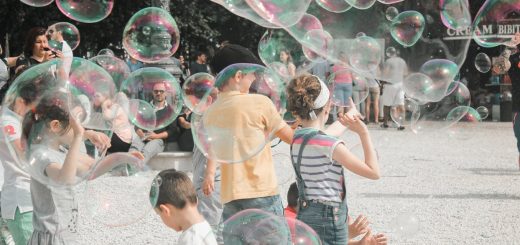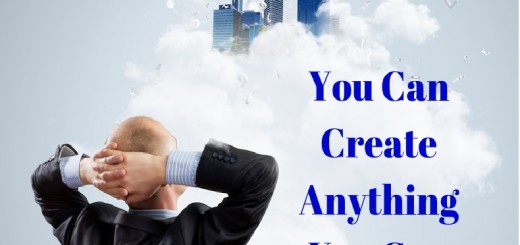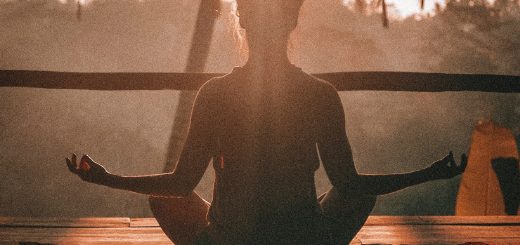Unlocking Creativity with Mood Boards: A Visual Guide to Inspiration
In the realm of creativity, where ideas take flight and imagination reigns supreme, mood boards stand as a beacon of inspiration, a visual tapestry of dreams and aspirations. They are a powerful tool for anyone seeking to ignite their creative spark and bring their visions to life.
A mood board is a curated collection of images, textures, colors, and words that capture the essence of a project, a concept, or even a fleeting emotion. It’s a visual representation of the heart and soul of an idea, a tangible manifestation of the intangible.
Creating a mood board is an act of exploration, a journey into the depths of your creative spirit. It’s a process of gathering and arranging visual elements that resonate with your inner voice, those that evoke the emotions and feelings you want to convey.
As you embark on this creative adventure, let your intuition guide you. Seek out images that speak to you, that stir your emotions and ignite your imagination. Don’t be afraid to experiment, to juxtapose contrasting elements, and to let your creativity run wild.
Your mood board can be as diverse as your imagination, encompassing a myriad of visual elements:
- Images: Photographs, illustrations, paintings, patterns, and textures that capture the aesthetic you envision.
- Colors: A palette of hues that evoke the mood and atmosphere you desire.
- Words: Quotes, phrases, or snippets of text that resonate with your concept.
- Materials: Fabric swatches, magazine clippings, or any physical objects that inspire you.
As you assemble your mood board, consider the following tips:
- Define your purpose: What do you want your mood board to achieve? Is it to inspire a new project, to refine an existing idea, or to capture a specific emotion?
- Gather inspiration: Explore online resources, magazines, art books, or even your own surroundings for visual cues that align with your vision.
- Arrange with intention: Experiment with different layouts, grouping images and elements in a way that feels cohesive and visually appealing.
Mood boards are versatile tools that can be utilized in a multitude of ways:
- Brainstorming: Use your mood board as a springboard for generating new ideas and exploring creative directions.
- Communication: Share your mood board with collaborators or clients to convey your vision and align on the project’s aesthetic.
- Motivation: Keep your mood board visible as a constant source of inspiration and a reminder of your creative goals.
- Progress tracking: Document your creative journey by adding and removing elements as your project evolves.
Remember, there are no rigid rules when it comes to creating mood boards. Embrace the freedom to express your unique perspective and let your creativity flourish. Your mood board is a reflection of your inner artist, a visual manifestation of your creative spirit. So, unleash your imagination, gather your inspirations, and let your mood board guide you on a journey of boundless creativity.







Recent Comments